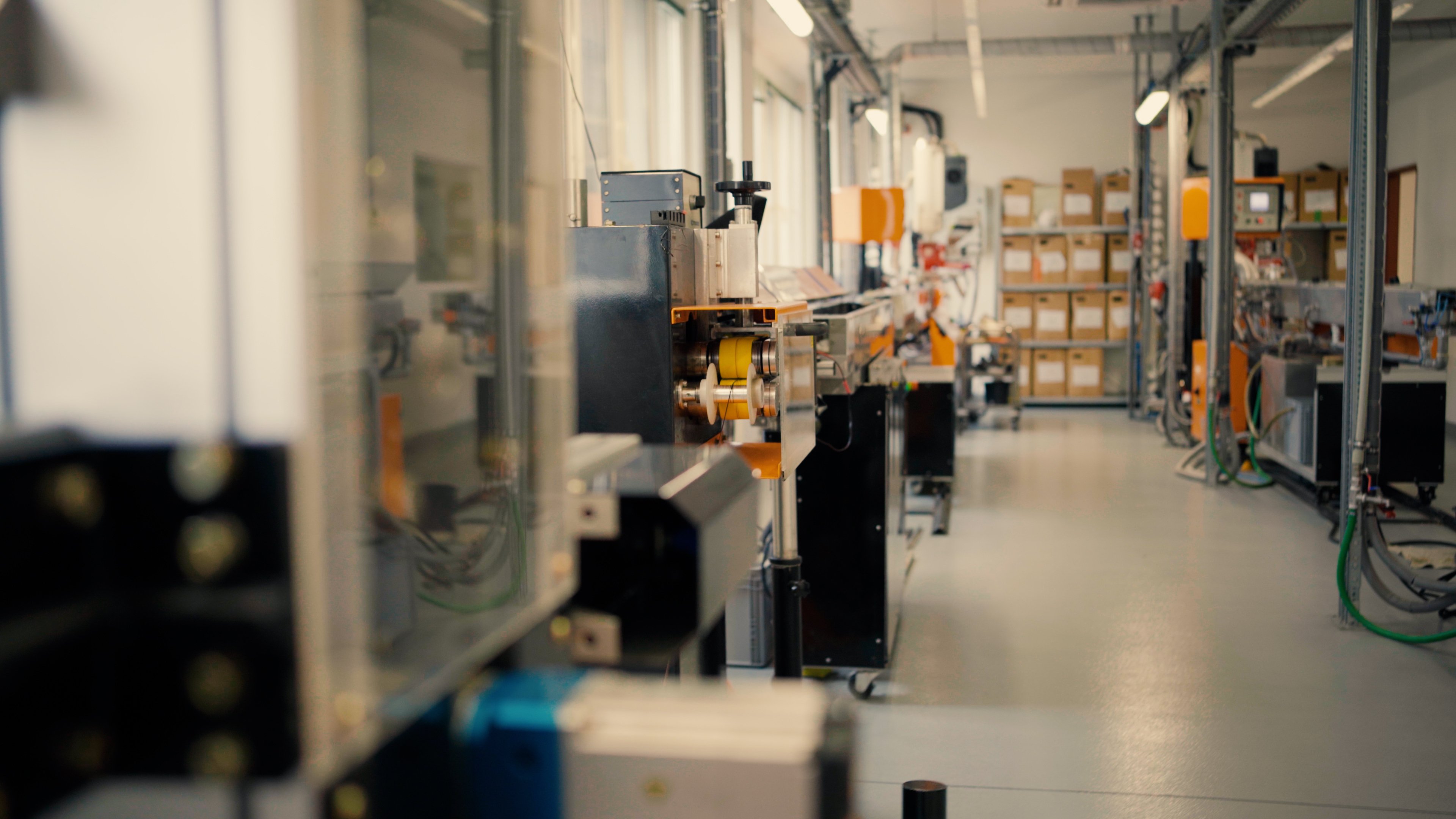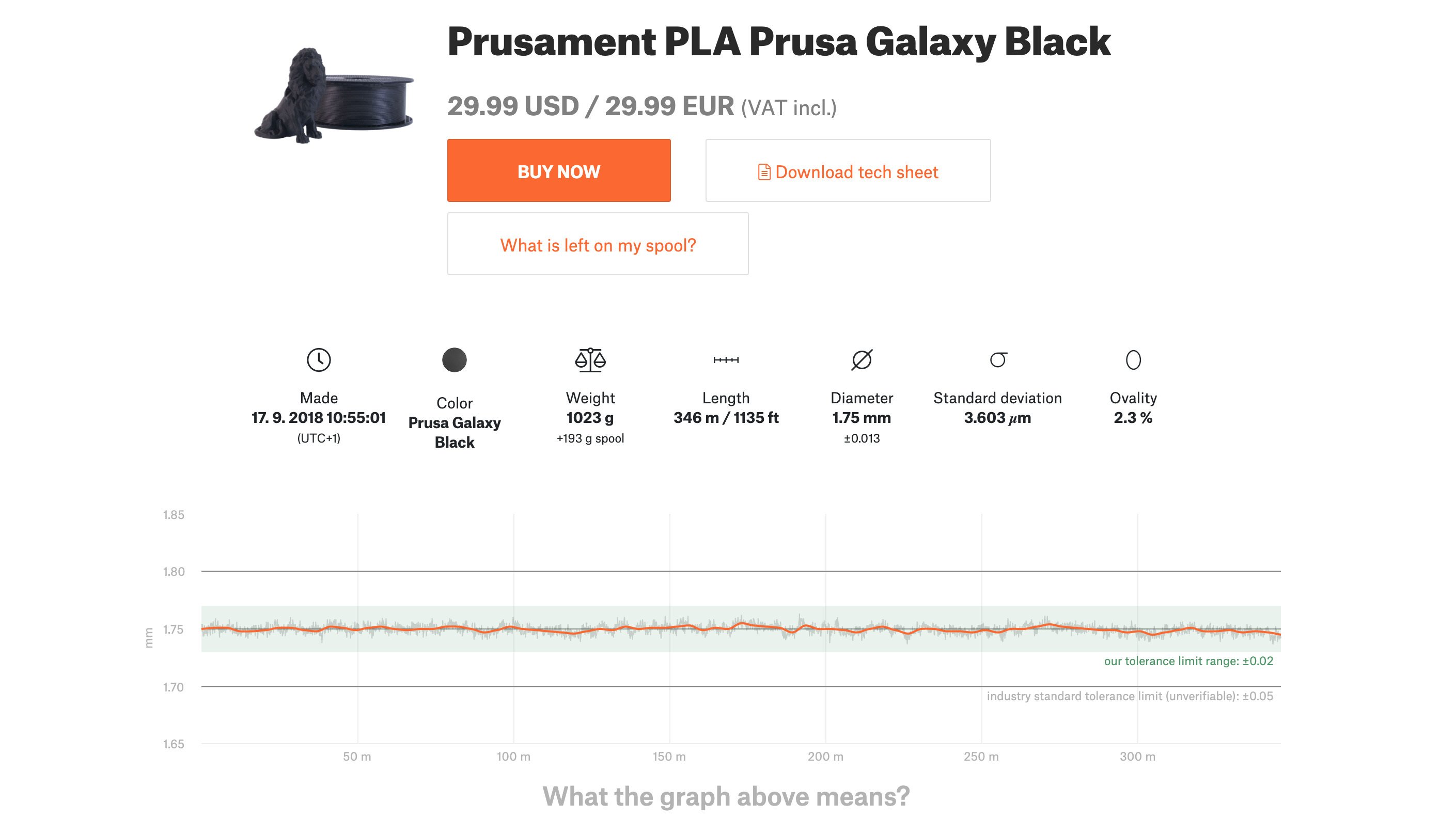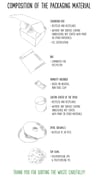What can you expect?
Prusament PLA Recycled is our own in-house made filament with ±0.05mm manufacturing tolerance. 100 % of the material consists of recycled Prusament PLA materials, so every batch has a different color. You can inspect the parameters of every spool we made at prusament.com. Check the sample spool!

Made only from recycled Prusament PLA
Waste produced during our in-house production of Prusament PLA is recycled and used as a base for Prusament PLA Recycled. There are no further additives or pigments in the mix.

Smart spool design to save material
We are constantly improving our filament spools. The latest iteration features a core from recycled cardboard and lightweight sides from recycled polycarbonate.

Guaranteed ± 0.05 mm Manufacturing Precision
Even our recycled PLA material is subjected to strict QA control, so you can be sure that your prints will go smoothly and without a hitch.

High Quality You Can Check Yourself
With every spool, you have the unique option to inspect its manufacturing parameters yourself. Scan a QR code on the spool to see all details online (check the sample spool).
For our recycled filaments, we had our carbon footprint calculated. You can find more about our sustainability activities in our sustainability report.
Read more about Prusament in the article at blog.prusa3d.com or Prusament.com!
About Prusament PLA Recycled
Prusament PLA Recycled is our own in-house filament. 100 % of the material consists of recycled Prusament PLA materials, so every batch has a different color. Overall, PLA is the easiest material to print, it is inexpensive and suitable (not only) for beginners. It is capable of printing detailed models, figures, and quick prototypes that don’t require high mechanical, chemical, or temperature resistance.
PLA is the most widely used filament, known for its great looks and ease of printing. It is an excellent choice for large objects because of its low thermal expansion, which results in minimal warping. At the same time, its low melting temperature makes it suitable for small parts as well. While PLA may not be as tough or durable as some advanced materials, its versatility makes it ideal for a range of applications, including large objects, miniatures, concept models, and prototypes that don’t need to be extremely durable.
Printing Setup
| Nozzle | 215 °C |
| Heatbed | 50-60 °C |
| Recommended Steel Sheet | Smooth PEI / Textured / Satin |
Basic Attributes
Beginners tips & tricks
Popular among both beginners and advanced users
PLA is the easiest-to-print filament we make. It’s reliable and it doesn’t require any print preparations or difficult post-processing methods. If you’re new to 3D printing, it’s best to start with PLA before using other materials.
Sanding
When post-processing PLA, it’s better to use wet sanding. Without water you’ll quickly start heating the plastic by friction, it will melt locally and deform. Also, without water, the sanding material would clog easily.
Gluing
PLA can be glued with many types of glue. We recommend using superglue for most of the parts. Certain PLA filaments may be also glued using acetone, however, it strongly depends on the various additives and colors used.
Notes
For our recycled filaments, we had its carbon footprint calculated. You can find more about our sustainability activities in our sustainability report.
The 2kg spool won't fit the standard spoolholder, please download and print the 2kg spoolholder.
This Prusament PLA Recycled is made in-house by Prusa Polymers.
1.75 mm filament is manufactured with precision of +- 0.05 mm
Before printing, make sure the surface of heatbed is clean as described in 3D Printing Handbook.
To dry the filament, please follow the instructions in our article.
Preparation time: 1-3 business days. Note that other items in the order may affect the total leadtime.
 United States
United States














